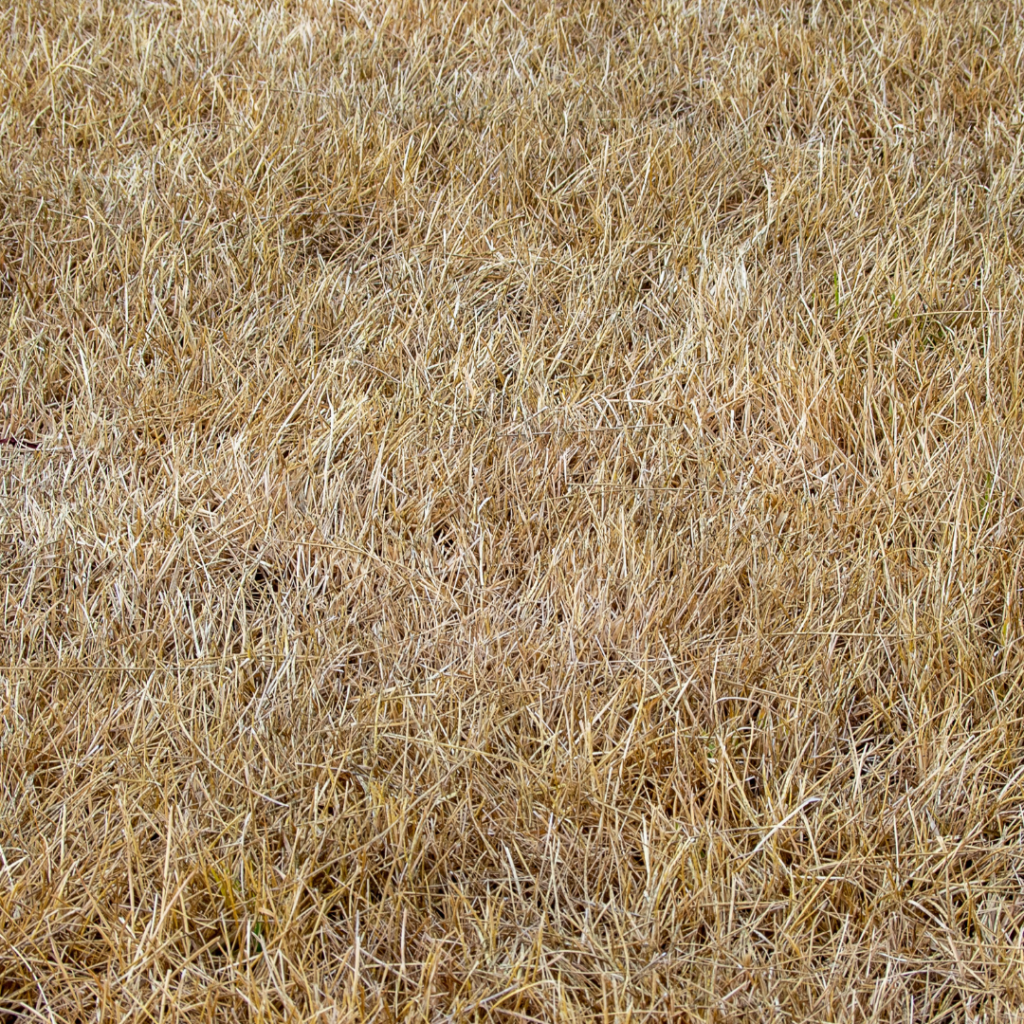Feeling The Heat?
How To Help Your Lawn During A Hot Summer

Maintaining a lush, green lawn during periods of drought and heat stress can be challenging, especially for cool-season turfgrasses like Kentucky bluegrass, fescue, and ryegrass. These grasses thrive in cooler temperatures and can struggle when exposed to prolonged heat and dry conditions. However, with the right care and maintenance, you can help your lawn survive and even thrive through these tough times. Here are some essential tips for managing your lawn during drought and heat stress.
1. Understanding the Challenges: Heat Stress, Disease, and Insects
Before diving into specific management practices, it’s important to understand the challenges your lawn faces during periods of drought and heat. Heat stress can cause your grass to wilt, turn brown, and become more susceptible to diseases and insect infestations. Diagnosing these issues can be tricky as symptoms often overlap. For instance, brown patches could indicate heat stress, but they might also be a sign of disease or insect damage. It’s crucial to closely inspect your lawn and, if necessary, consult with a lawn care professional to accurately diagnose the problem.
2. Watering Procedures
Proper watering is the cornerstone of lawn care during drought and heat stress. Here are some guidelines to follow:
a. Water Deeply and Infrequently: Instead of frequent shallow watering, aim for deep watering sessions. This encourages the roots to grow deeper into the soil, making the grass more resilient to drought. Typically, your lawn needs about 1 to 1.5 inches of water per week, including rainfall.
b. Early Morning Watering: Water your lawn early in the morning, between 4 AM and 10 AM. This allows the water to soak into the soil before the heat of the day causes evaporation. Watering in the evening can lead to prolonged moisture on the grass blades, increasing the risk of fungal diseases.
c. Use a Rain Gauge or Moisture Sensor: These tools can help you measure how much water your lawn is receiving and ensure you’re not over- or under-watering.
3. Mowing Practices
Mowing practices also play a crucial role in managing your lawn during drought and heat stress:
a. Mow High: Set your mower blades to the highest setting, typically around 3 to 4 inches. Taller grass shades the soil, reducing evaporation and helping to keep the roots cooler.
b. Mow Less Frequently: During extreme heat and drought, your grass grows more slowly, so you won’t need to mow as often. Mowing less frequently reduces stress on the grass.
c. Keep Blades Sharp: Sharp mower blades make clean cuts, reducing stress on the grass and minimizing the risk of disease.
4. Additional Lawn Care Tips
a. Aeration: Aerating your lawn in the fall can help improve soil compaction and enhance water absorption. This is especially beneficial following a season of heavy drought conditions.
c. Weed Control: Weeds compete with your grass for water and nutrients. Keep your lawn weed-free by hand-pulling or using appropriate herbicides.
d. Mulching: Consider leaving grass clippings on your lawn as mulch. This helps retain soil moisture and provides a natural source of nutrients as the clippings decompose.
5. Diagnosing and Managing Issues
Accurately diagnosing problems in your lawn can be difficult during periods of drought and heat stress. Here are some signs to look for:
a. Heat Stress: Grass blades will turn a bluish-gray color and footprints will remain visible after walking on the lawn.
b. Disease: Look for irregular patches, mold, or unusual discoloration. If disease is suspected, treat with appropriate fungicides.
c. Insects: Check for signs of insect damage, such as chewed grass blades or presence of grubs. If insect damage is detected, use insecticides as needed.
When in doubt, consider taking a sample of the affected grass to your local cooperative extension service or a lawn care professional for accurate diagnosis and treatment recommendations.
Conclusion
Managing your lawn through drought and heat stress requires a combination of proper watering, mowing, and general maintenance practices. By understanding the specific needs of your cool-season turf and being vigilant about potential problems, you can help your lawn withstand and recover from the challenges posed by extreme weather conditions. With these tips, you’ll be well on your way to maintaining a healthy, resilient lawn all summer long.





